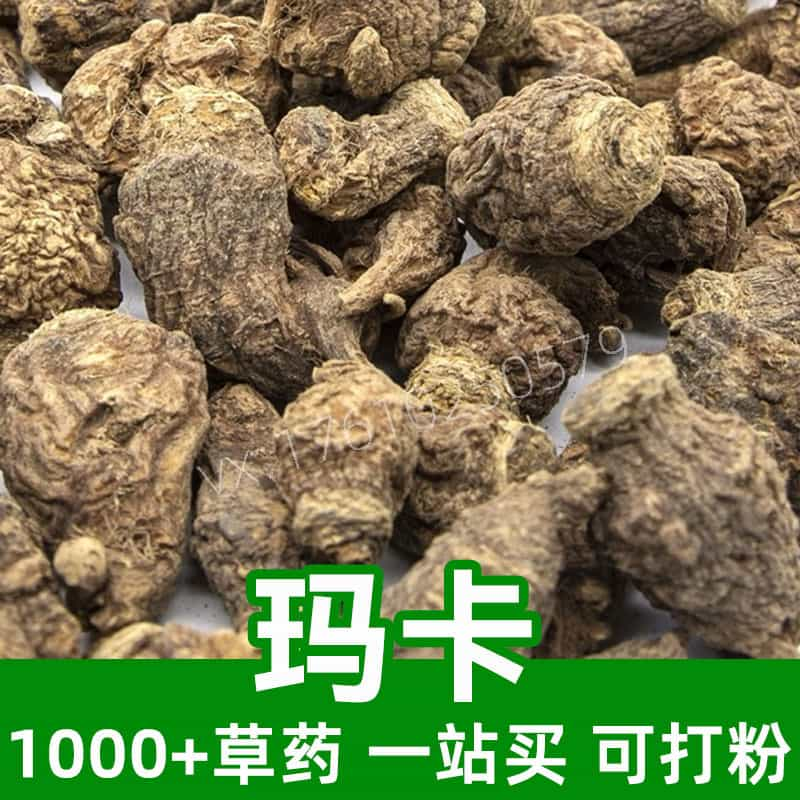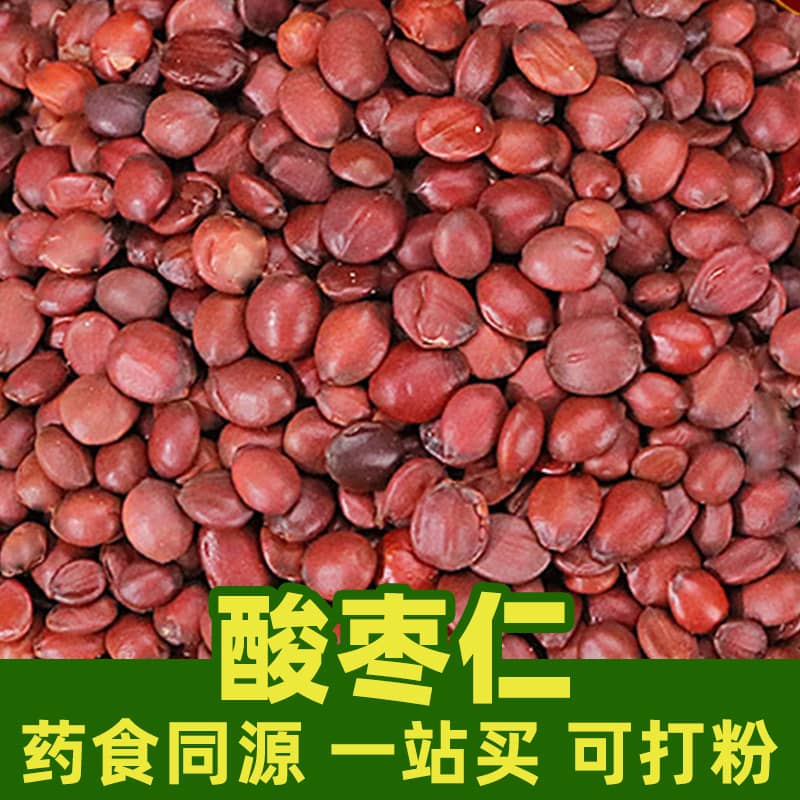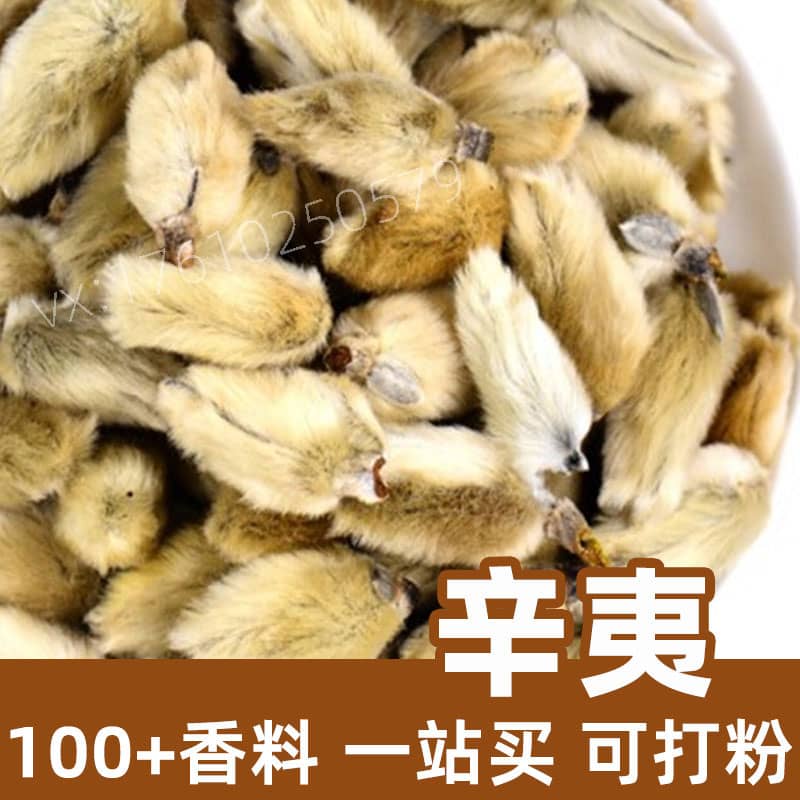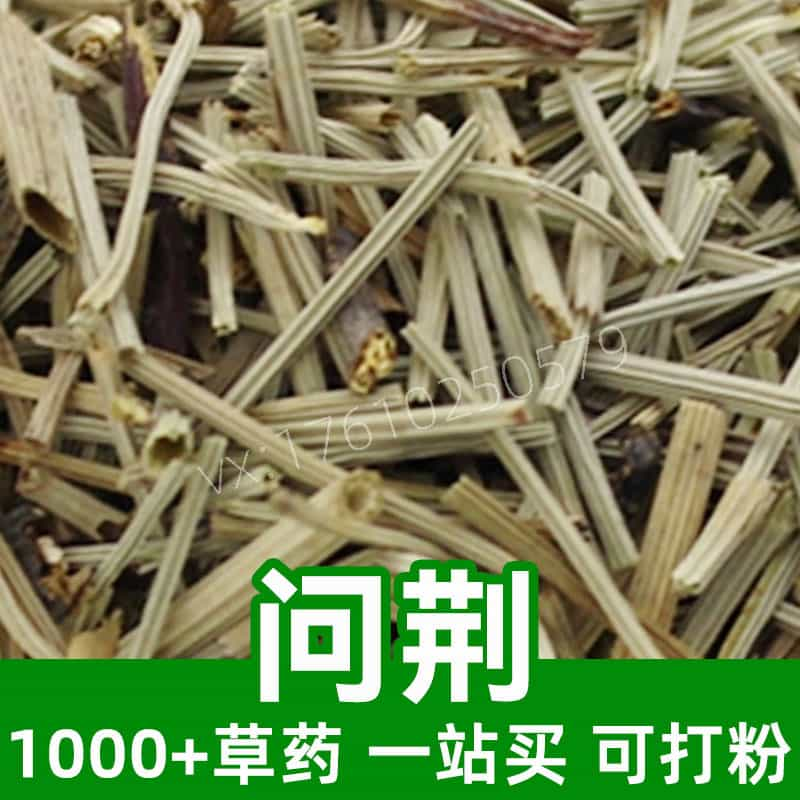Quinoa Product Introduction
Quinoa, also known as Chenopodium quinoa, Red Quinoa, or Buckwheat Yam, is an ancient grain originating from the Andes Mountains in South America, particularly in Peru and Bolivia. Its seeds are round or oval, with a smooth surface and a variety of colors, including white, red, and black, offering a crisp texture. Quinoa is a nutrient-dense grain, rich in protein, fats, carbohydrates, fiber, vitamins, and minerals.
In the food industry, quinoa is highly versatile. It can be consumed as a staple food or side dish and is widely used in making pasta, salads, porridge, and a range of culinary creations. Thanks to its rich nutrient profile, quinoa is regarded as a healthy ingredient, particularly favored by individuals following balanced diets. It is also a popular choice in vegetarian and diverse culinary dishes, making it ideal for health-conscious consumers.
Key Active Components of Quinoa
Quinoa, as an ancient grain, is packed with nutrients, including:
- Protein: A rich source of high-quality plant-based protein, supporting muscle and tissue health.
- Carbohydrates: An excellent energy source to fuel the body.
- Fats: Low in fat but contains beneficial unsaturated fatty acids like linoleic and alpha-linolenic acids, which promote cardiovascular health.
- Dietary Fiber: Supports digestive health, prevents constipation, and maintains gut microbiota balance.
- Vitamins: Contains various B vitamins (niacin, riboflavin, vitamin B6) and vitamin E, which support overall body functions.
- Minerals: Rich in iron, calcium, magnesium, and zinc, vital for bone health, blood circulation, and metabolism.
- Polyphenols: Includes flavonoids and proanthocyanidins with antioxidant properties, reducing oxidative damage.
- Plant Compounds: Contains beneficial saponins and alkaloids that may offer physiological benefits.
In summary, quinoa's active components include protein, carbohydrates, fats, dietary fiber, vitamins, minerals, and various bioactive compounds, contributing to its nutritional and health-promoting properties.
Applications, Usage, and Dosage of Quinoa
As a traditional food and medicinal plant, quinoa is widely used in both the culinary and traditional medicine fields. Key uses and recommended dosages include:
- Traditional Medicine:
- Strengthening the Spleen: Quinoa’s sweet and slightly bitter nature supports spleen and stomach health, addressing symptoms like indigestion and poor appetite.
- Blood Enrichment and Prenatal Care: Rich in iron, quinoa aids in blood replenishment and supports maternal health, particularly for anemia and postpartum recovery.
- Skin and Beauty: Its antioxidant vitamins and compounds may slow aging and enhance skin health.
- Culinary Uses:
- Nutritional Food: A rich source of essential nutrients, quinoa can be consumed as a main or side dish to supplement dietary needs.
- Pasta Production: Quinoa flour is used in making pasta and baked goods, offering a fine texture and rich nutrients.
- Gluten-Free Alternative: Quinoa’s gluten-free nature makes it suitable for those with gluten intolerance, serving as a replacement for traditional grains.
- Dosage:
- Cooking: Quinoa can be boiled or incorporated into foods like porridge, soups, and pasta.
- Powder Form: Used in baking or drinks like quinoa smoothies.
- Daily Intake: Adults are advised to consume 50–100 grams per day, adjusted based on individual nutritional needs.
Quinoa’s diverse applications range from strengthening the body and enhancing beauty to serving as a nutritious ingredient for various dishes. It is recommended to adjust intake according to individual dietary requirements and ensure appropriate consumption levels.
Quinoa: Source Plant, Distribution, and Growth Conditions
Quinoa (Chenopodium quinoa), a member of the Chenopodiaceae family, has the following growth and distribution characteristics:
- Source Plant:
- Originating in South America, quinoa is primarily found in Peru, Bolivia, Ecuador, Colombia, and Chile. Known as the "Golden Grain," quinoa was a staple crop of the ancient Andean civilizations.
- Distribution:
- While native to South America, quinoa is now cultivated globally in temperate and subtropical regions, including North America, Europe, Asia, and Africa. It is especially popular in Western countries as a health food.
- Growth Conditions:
- Quinoa thrives in high-altitude regions, between 2,000–4,000 meters, where temperatures are low, and sunlight is abundant.
- It adapts to various soil types except for saline-alkaline soils, with optimal growth in well-drained, nutrient-rich soils.
- Drought and cold tolerance allow quinoa to grow in harsh conditions, with a short growth cycle and strong disease resistance.
Quinoa’s adaptability and nutritional benefits have made it a globally cultivated crop, suitable for high-altitude, cool climates with well-drained soils.
Harvesting, Processing, and Storage of Quinoa
Proper harvesting, processing, and storage are critical to preserving quinoa’s quality.
- Harvesting Time:
- Harvest occurs at maturity when the plant turns yellow, and leaves dry out, typically after 90–120 days. Seeds should be hard and translucent at this stage.
- Harvesting Methods:
- Harvesting can be manual or mechanical. Manual methods involve cutting the plant and collecting the seeds, while machinery is used for larger-scale harvesting.
- Processing:
- Post-harvest processing involves de-husking, washing, and drying. De-husking is done mechanically or by milling, followed by thorough cleaning and sun-drying to appropriate moisture levels.
- Storage:
- Dried quinoa should be stored in a ventilated, cool, and dry environment to prevent mold. Use breathable bags or containers and avoid direct sunlight and high humidity.
- For long-term storage, seal quinoa in containers and refrigerate or freeze to maintain quality and nutrition.
Proper harvesting, processing, and storage practices are vital for preserving quinoa’s quality, safety, and shelf life.
Monica Sun is a seasoned expert in the natural raw materials industry, with over a decade of experience specializing in traditional Chinese medicinal herbs, spices, and fungi. She is skilled in the sourcing, processing, and application of these materials, emphasizing sustainability and innovation. Monica Sun has contributed to the development of high-quality natural raw materials that serve as essential components in functional foods, pharmaceuticals, and cosmetics, delivering tailored solutions to meet diverse market needs.
















